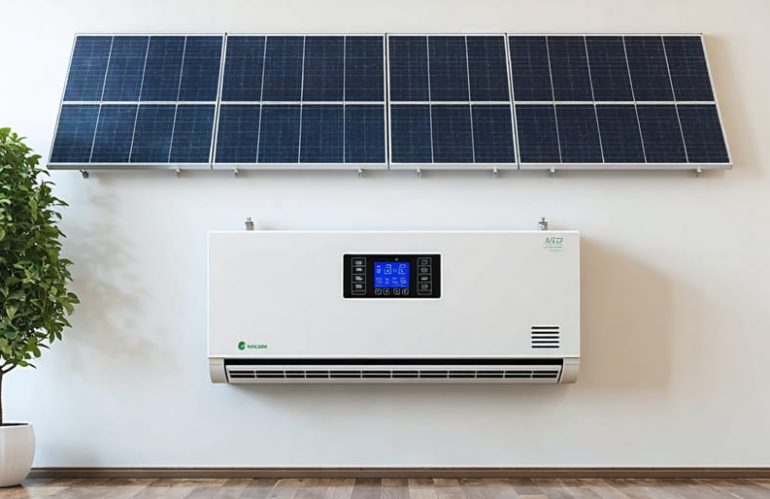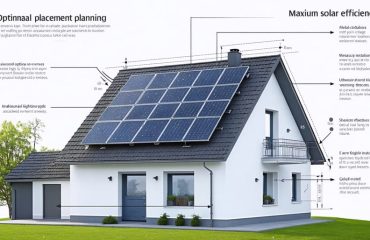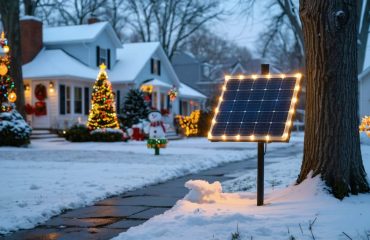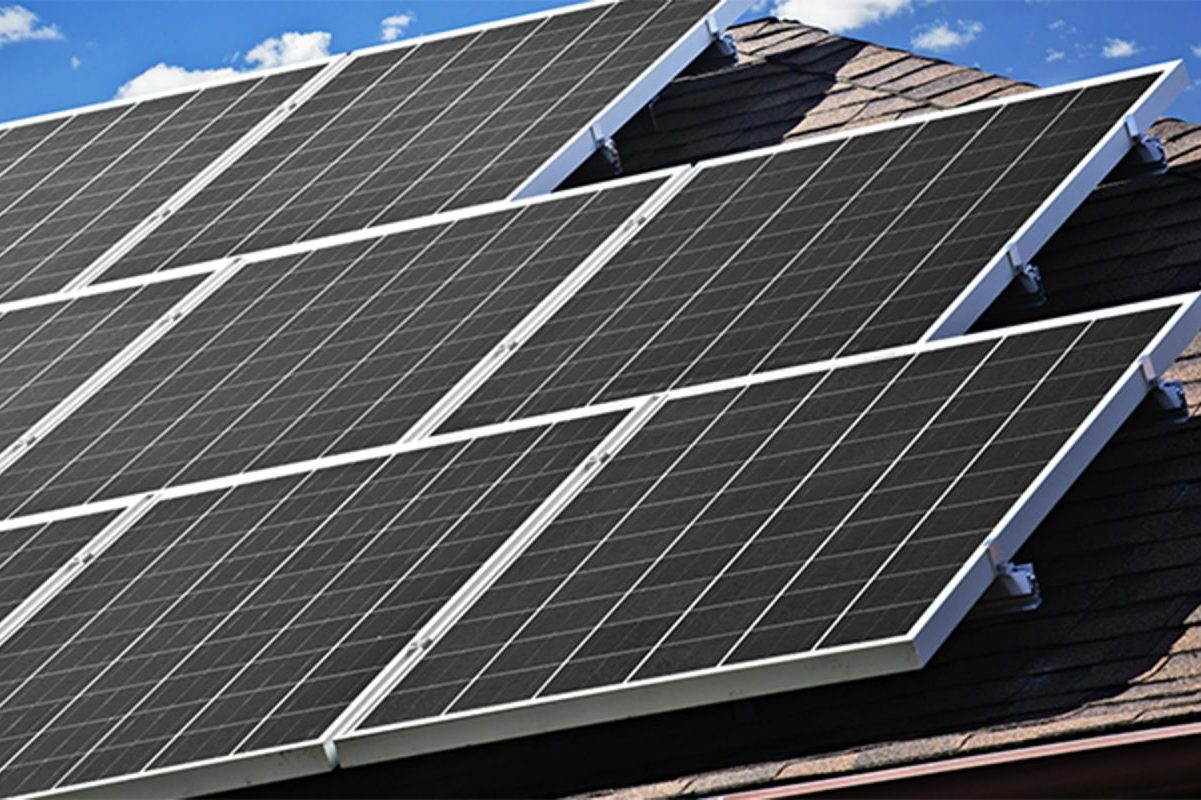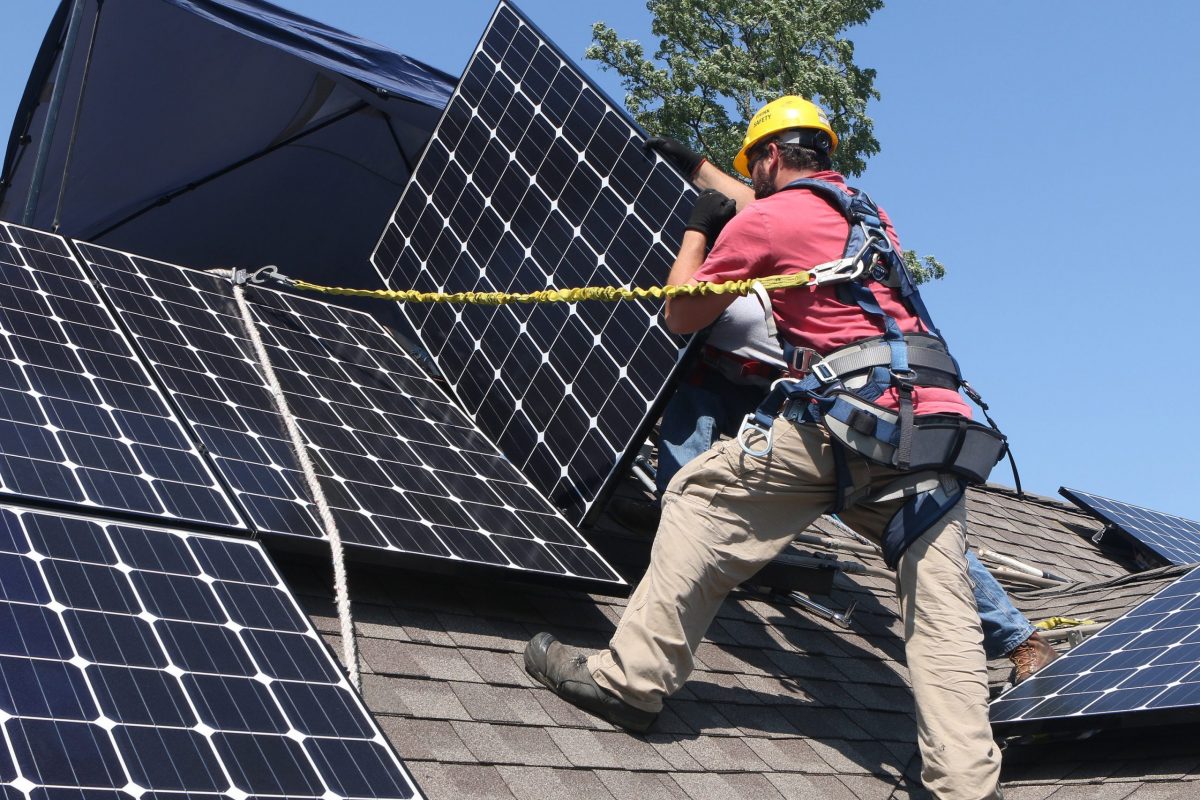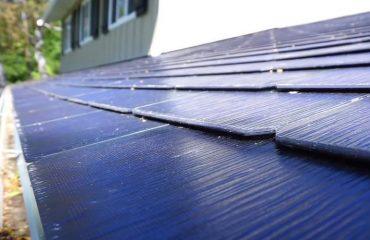Regular solar inverter maintenance is essential to maximize your solar system’s efficiency and protect your renewable energy investment. Proper maintenance can extend your inverter’s lifespan by up to 10 years while ensuring optimal power conversion from your solar panels. Monthly visual inspections, quarterly cleaning of cooling fins, and annual professional check-ups help prevent costly repairs and system downtime. By following a consistent maintenance schedule, homeowners can maintain peak performance, reduce energy losses, and secure their solar investment’s long-term value. This guide provides practical steps for both DIY maintenance tasks and professional service recommendations to keep your solar inverter operating at its best.
Why Your Solar Inverter Needs Regular Care
The Heart of Your Solar System
Think of your solar inverter as the heart of your solar installation – it’s the vital component that transforms the DC power captured by your panels into usable AC electricity for your home. Without a properly functioning inverter, even the highest-quality solar panels won’t be able to power your appliances or contribute to the grid.
Your inverter works tirelessly every day, processing all the energy your panels collect and ensuring it matches your home’s electrical requirements. It also serves as your system’s brain, monitoring performance, detecting issues, and often providing valuable data about your energy production.
Just as you wouldn’t ignore your car’s engine, maintaining your inverter is crucial for keeping your solar investment running efficiently. A well-maintained inverter not only performs better but also tends to last longer, potentially saving you thousands in replacement costs over time.
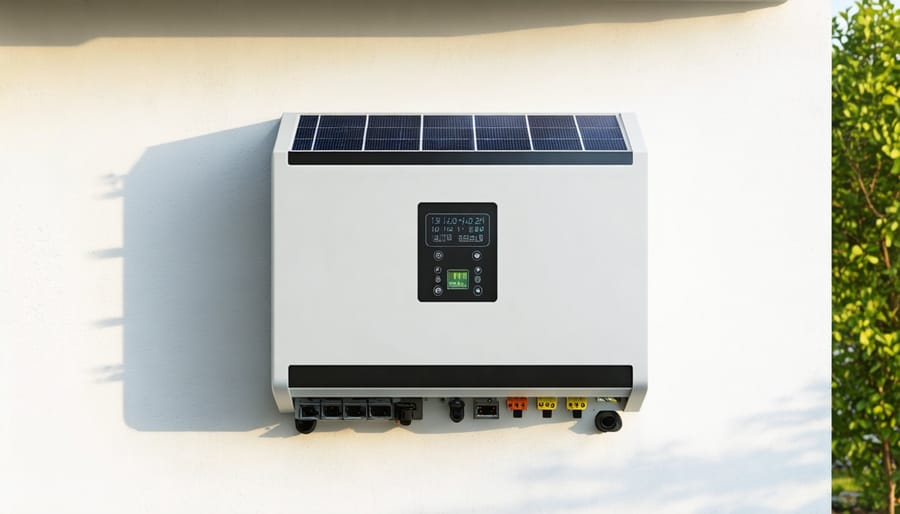
Common Inverter Issues You Can Prevent
Regular maintenance can prevent several common inverter issues that might affect your solar system’s performance. Most notably, proper care helps avoid problems like overheating, which often occurs when dust and debris block ventilation systems. Dirty cooling fans and clogged air filters can significantly reduce your inverter’s efficiency and lifespan.
Communication errors between your inverter and monitoring systems are another preventable issue. These often stem from loose connections or outdated firmware that hasn’t been regularly updated. Ground faults, which can shut down your system, frequently result from moisture intrusion or damaged wiring – both preventable through routine inspections.
LCD display problems, often caused by exposure to extreme temperatures or moisture, can be avoided by ensuring proper installation location and protection. Battery-related issues in hybrid systems typically arise from poor maintenance of connection points and incorrect charge settings, which regular check-ups can easily prevent.
By staying proactive with maintenance, you can avoid these common problems and keep your solar investment running smoothly for years to come.
Essential Maintenance Tasks You Can Do
Monthly Visual Inspections
Regular visual inspections are a crucial part of maintaining your solar inverter’s health and performance. Once a month, take a few minutes to examine your inverter and its surroundings. Start by checking that the area around the inverter is clean, well-ventilated, and free from dust, cobwebs, or debris. Look for any signs of physical damage, such as cracks, dents, or loose mounting brackets.
Pay attention to the LED display screen – it should be clear and functioning properly. Note any error messages or unusual readings. Inspect all cable connections to ensure they’re secure and free from damage or pest interference. Check that the cooling fans (if present) are unobstructed and spinning freely when the inverter is operating.
During your inspection, listen for any unusual sounds like buzzing or clicking, which could indicate potential issues. Also, verify that all vents are clear and that nothing is blocking proper airflow. If you notice condensation inside the display or any discoloration of components, these could be warning signs requiring professional attention.
Remember to conduct these checks during early morning or evening hours when your solar system isn’t at peak production, and never attempt to open the inverter housing yourself.

Keeping Your Inverter Clean
Regular cleaning of your solar inverter is essential for optimal performance and longevity. Start by turning off the inverter and waiting 5 minutes for it to fully power down before cleaning. Use a soft, dry cloth to gently remove dust and debris from the cooling fins and external surfaces. For stubborn dirt, slightly dampen the cloth with clean water – never use chemical cleaners or pressure washers, as these can damage the unit.
Pay special attention to the ventilation areas, as dust buildup can affect cooling efficiency. In most climates, cleaning your inverter every three months is sufficient, but you may need to clean more frequently in dusty areas or during pollen season.
Always check your manufacturer’s guidelines for specific cleaning instructions. Keep the area around your inverter clear of vegetation and ensure good airflow. After cleaning, wait until the unit is completely dry before powering it back on.
Monitoring Performance Data
Regular monitoring of your inverter’s performance data is key to maintaining optimal solar system efficiency. Most modern solar technology includes user-friendly monitoring systems that can be accessed through smartphone apps or web portals. Pay attention to your daily energy production numbers and look for any significant drops in output. A sudden decrease could indicate an issue that needs attention.
Check your inverter’s display panel daily for error codes or warning messages. Most systems show basic information like current power output, daily energy generation, and total lifetime production. Compare these readings with previous months’ data, keeping in mind seasonal variations. Many monitoring systems also send automatic alerts when performance falls below expected levels.
Keep a simple log of your monthly energy production and any unusual readings. This historical data becomes invaluable when troubleshooting issues or planning system upgrades. If you notice consistent underperformance, consult your installer or maintenance professional for a detailed assessment.
When to Call a Professional
Warning Signs to Watch For
Being proactive in recognizing potential issues with your solar inverter can save you from costly repairs and system downtime. Listen for unusual buzzing or humming sounds, which could indicate internal component problems. Watch your energy production readings – if you notice a significant drop in output despite sunny conditions, your inverter might need attention.
Check the inverter’s display panel regularly for error codes or warning messages. A flickering or blank display screen can signal electrical issues. Keep an eye on the indicator lights – most inverters have LED status lights that should maintain a steady green color during normal operation. Red or orange lights typically indicate a problem that needs addressing.
Pay attention to your inverter’s temperature. If it feels unusually hot or you notice the cooling fans running constantly, this could point to ventilation problems or internal issues. Watch for any visible damage to the casing, loose connections, or signs of water intrusion. Strange smells, particularly burning odors, warrant immediate professional attention.
Remember, addressing these warning signs promptly helps maintain your system’s efficiency and extends its lifespan.
Professional Maintenance Schedule
To maintain optimal performance of your solar inverter, schedule professional maintenance checks at key intervals. A comprehensive inspection every two years is recommended for residential systems, though older installations might benefit from annual check-ups. During periods of extreme weather or after significant storms, consider additional professional assessments to ensure your system hasn’t sustained damage.
Your professional maintenance schedule should include:
• Initial inspection after the first year of installation
• Bi-annual thermal imaging scans to detect potential hot spots
• Complete system efficiency testing every two years
• DC/AC testing and calibration checks every three years
• Full safety and compliance review every four years
Remember to keep detailed records of all professional maintenance visits, including dates, services performed, and any parts replaced. This documentation not only helps track your system’s health but may also be required to maintain your warranty coverage. When selecting a maintenance provider, always choose certified professionals who specialize in your specific inverter brand and model.
Maintenance Tips for Different Seasons
Summer and Winter Care
Solar inverters need special attention during extreme weather conditions to maintain optimal performance. In summer, ensure proper ventilation around your inverter and clean any dust accumulation that can trap heat. If possible, create shade over the inverter using a simple canopy, but maintain adequate airflow. Check that cooling fans are working efficiently and clean their vents regularly.
During winter, protect your inverter from moisture and freezing temperatures. While most inverters are weatherproof, additional protection from heavy rain or snow can extend their lifespan. Monitor the inverter’s temperature display during extremely cold days, as some units may need to work harder to maintain efficiency.
For both seasons, regularly check that weather seals are intact and terminal connections haven’t loosened due to temperature fluctuations. If you notice any unusual performance changes during extreme weather, consult your installer for professional advice.
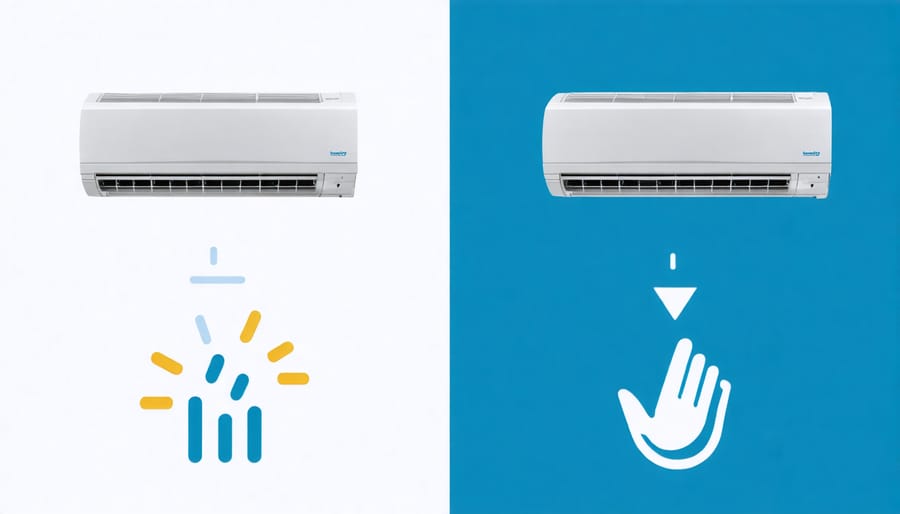
Spring and Fall Checkups
Spring and fall are ideal times to perform comprehensive checks on your solar inverter system. As temperatures become moderate, you can safely inspect and clean your inverter without the extreme conditions of summer or winter. During these seasonal checkups, focus on cleaning the cooling fins and vents to ensure optimal airflow, and verify that all mounting brackets remain secure after winter frost or summer expansion.
Pay special attention to any changes in performance data during these transitional periods. Spring checkups help prepare your system for peak summer production, while fall maintenance ensures your inverter is ready for winter’s challenges. Look for signs of weather damage, such as water stains or rust, and check that all wiring connections are tight and corrosion-free.
These bi-annual inspections are also perfect times to update your maintenance records and schedule professional servicing if needed. Many homeowners find it helpful to align these checkups with other seasonal home maintenance tasks for efficiency.
Regular maintenance of your solar inverter is crucial for maximizing your solar system’s performance and protecting your investment. By following the recommended cleaning schedule, monitoring system performance, and scheduling professional inspections, you can ensure your inverter operates efficiently for years to come. Remember to keep the area around your inverter clean and well-ventilated, check for error codes regularly, and maintain proper documentation of all maintenance activities.
The small effort invested in maintenance today can lead to significant rewards in the future, including reduced energy bills, extended equipment lifespan, and optimal power generation. While some maintenance tasks can be handled independently, don’t hesitate to contact qualified professionals for annual inspections or when you notice unusual system behavior.
By staying proactive with your solar inverter maintenance, you’re not just protecting your investment – you’re ensuring a reliable source of clean energy for your home while contributing to a more sustainable future. Make these maintenance practices part of your regular home care routine, and your solar system will continue to deliver the performance and savings you expect.

